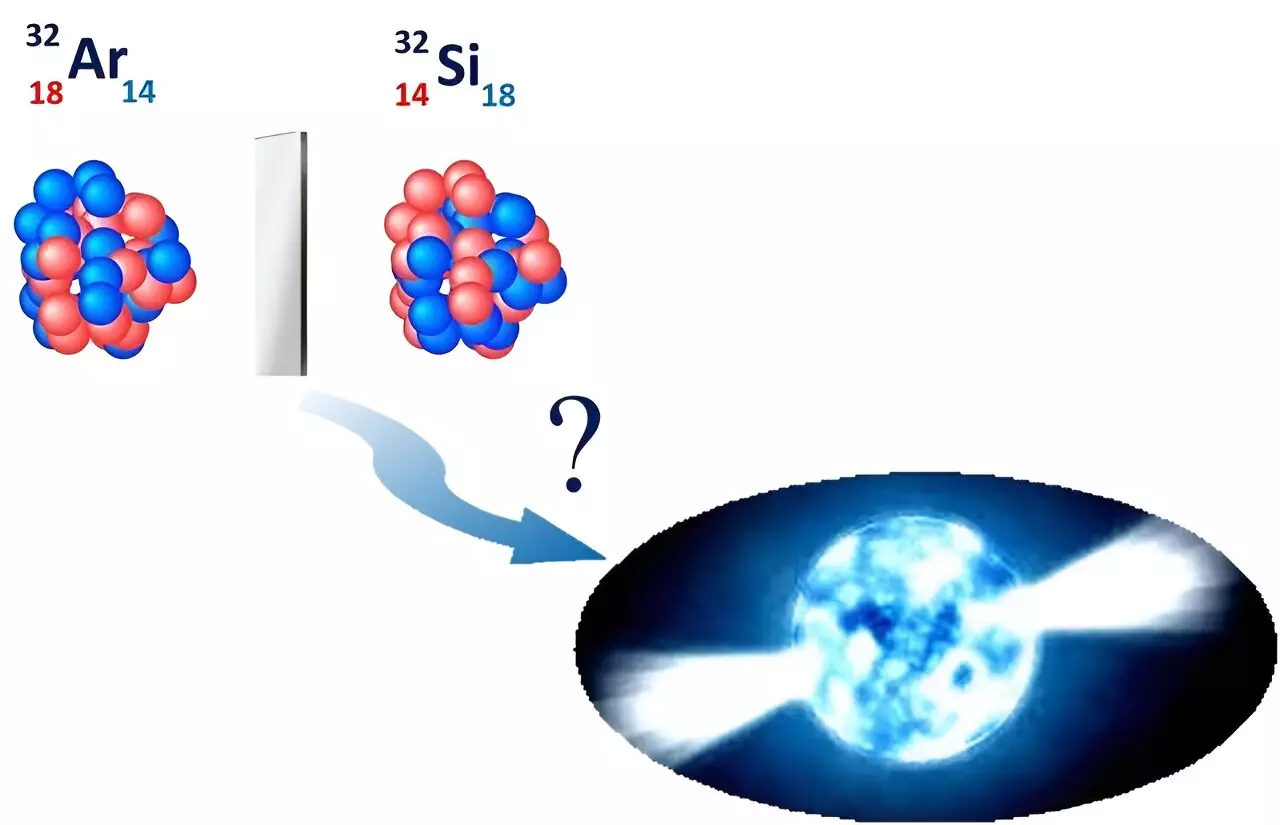The recent study conducted by researchers focused on utilizing laser-assisted measurements to determine the nuclear radii of various silicon isotopes. By adding or removing neutrons from an atomic nucleus, subtle changes in the nucleus’s size occur, leading to energy level variations in the atom’s electrons known as isotope shifts. These precision measurements of energy shifts offer valuable insights into the size of the nucleus of an isotope.
Challenges in Nuclear Theory
Despite significant progress in nuclear theory, scientists continue to face longstanding challenges in understanding nuclei and their components. Connecting the description of nuclear size with the underlying theory of the strong nuclear force remains a key area of concern. Additionally, the reliability of nuclear theories in describing nuclear matter, which includes interacting protons and neutrons in extreme conditions like neutron stars, is still unclear.
The researchers conducted laser spectroscopy measurements of atomic isotope shifts at the BEam COoler and LAser spectroscopy facility (BECOLA) at the Facility for Rare Isotope Beams (FRIB) at Michigan State University. These measurements provided crucial data for determining the nuclear radius of various silicon isotopes, including stable silicon-28, silicon-29, silicon-30, and unstable silicon-32.
Constraining Parameters Through Charge Radii Differences
One of the key findings of the study was the utilization of the charge radii difference between the silicon-32 nucleus and its mirror nucleus argon-32 to set limits on variables essential for describing the properties of dense neutron matter within neutron stars. This approach helped in constraining parameters required for a more comprehensive understanding of astrophysical objects like neutron stars.
The results of the research not only provided important benchmarks for the advancement of nuclear theory but also offered valuable insights into the physics of astrophysical objects. By combining laser-assisted measurements with precision calculations, the study laid the foundation for further exploration of nuclear matter and its implications in various scientific disciplines.
The use of laser spectroscopy measurements in determining nuclear radii and isotope shifts has significantly contributed to the development of nuclear theory. By bridging the gap between experimental data and theoretical predictions, researchers have taken a significant step towards unraveling the complexities of nuclei and nuclear matter. This study serves as a testament to the importance of interdisciplinary collaborations in advancing our understanding of fundamental physical processes.


Leave a Reply